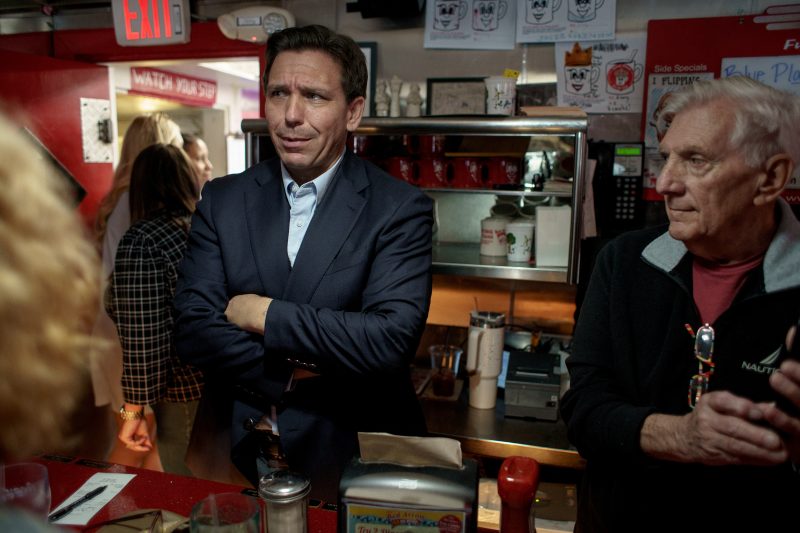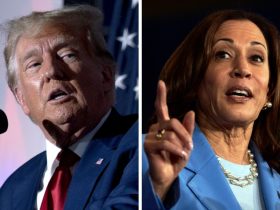After spending more than a month stagnating in national polling, Florida Gov. Ron DeSantis’s Republican presidential campaign team put together a memo explaining to supporters (and, particularly, donors) how things were actually much better than they might appear.
The memo, reported by NBC News last week, elevated early primary states as a focus, drawing an important and useful distinction between national and state-level results. This is useful in part because early state successes can in fact reshape the field once voting begins. It is also useful here because there are fewer polls in early states, making it harder for those supporters (and donors) to evaluate how well DeSantis was actually doing.
So they read lines such as “we will not cede New Hampshire,” without necessarily knowing whether this Churchillian declaration was warranted. They could mostly only nod along when the memo declared that “[e]arly state voters are only softly committed to the candidates they select on a ballot question this far out — including many Trump supporters.”
Until, that is, we got good polling from an early state. As we did on Tuesday in New Hampshire.
The Granite State Poll conducted by the University of New Hampshire published a new assessment of the Republican primary field, some six months before voting gets underway. Last conducted in April, it allows us to compare DeSantis’s position before his campaign announcement with his current position. And it shows us that … his position hasn’t really changed.
DeSantis was at 22 percent in April and 23 percent now, a statistically insignificant difference. Former president Donald Trump, meanwhile, went from 42 percent to 37 percent, itself a subtle change. Sen Tim Scott (R-S.C.), identified in the DeSantis memo as enjoying some new attention, jumped from 2 percent to 8 percent.
That stasis by DeSantis is one of three problematic elements for the candidate within the poll. Another is that the poll shows a continued erosion of his favorability ratings among primary voters, from 73 percent in January (when he led Trump) to 63 percent and then to 57 percent. His net favorability — the percentage who view him favorably minus those who view him unfavorably — fell from plus-57 in January to plus-32 in the new survey.
In January, his net favorability was 39 points higher than Trump’s. Now it’s only nine points higher.
Scott, meanwhile, saw his net favorability rise to plus-46. In part, this is a function of his not being a target of attack in the way that DeSantis has been over the course of the year. Former South Carolina governor Nikki Haley, whose poll numbers also remained flat, saw her net favorability turn negative in the most recent poll.
The third challenge DeSantis has is, perhaps, the most significant. Not only is Trump leading him, but three-quarters of Trump’s supporters say that they are unwavering in their support of him. By contrast, only 14 percent of DeSantis’s supporters say they’re committed.
When the memo argued that early-state voters offered only soft support, it was true. It was just wrong in suggesting that this uncertainty also applied to Trump, according to the Granite State Poll.
This remains DeSantis’s central problem: There are very few Republican primary voters who haven’t already voted for Donald Trump at least once. A lot of them probably voted for Trump in the primary in 2016. Their opinions might have changed, and a lot has certainly happened over the past seven years that might inspire them to do so. But DeSantis is not trailing a candidate who, like him, is working to build a national coalition. He’s running against Donald Trump.
Whatever the Florida governor might want donors to believe, it’s not going that well.








